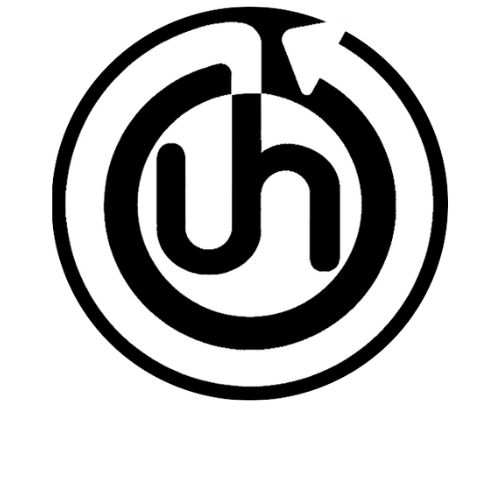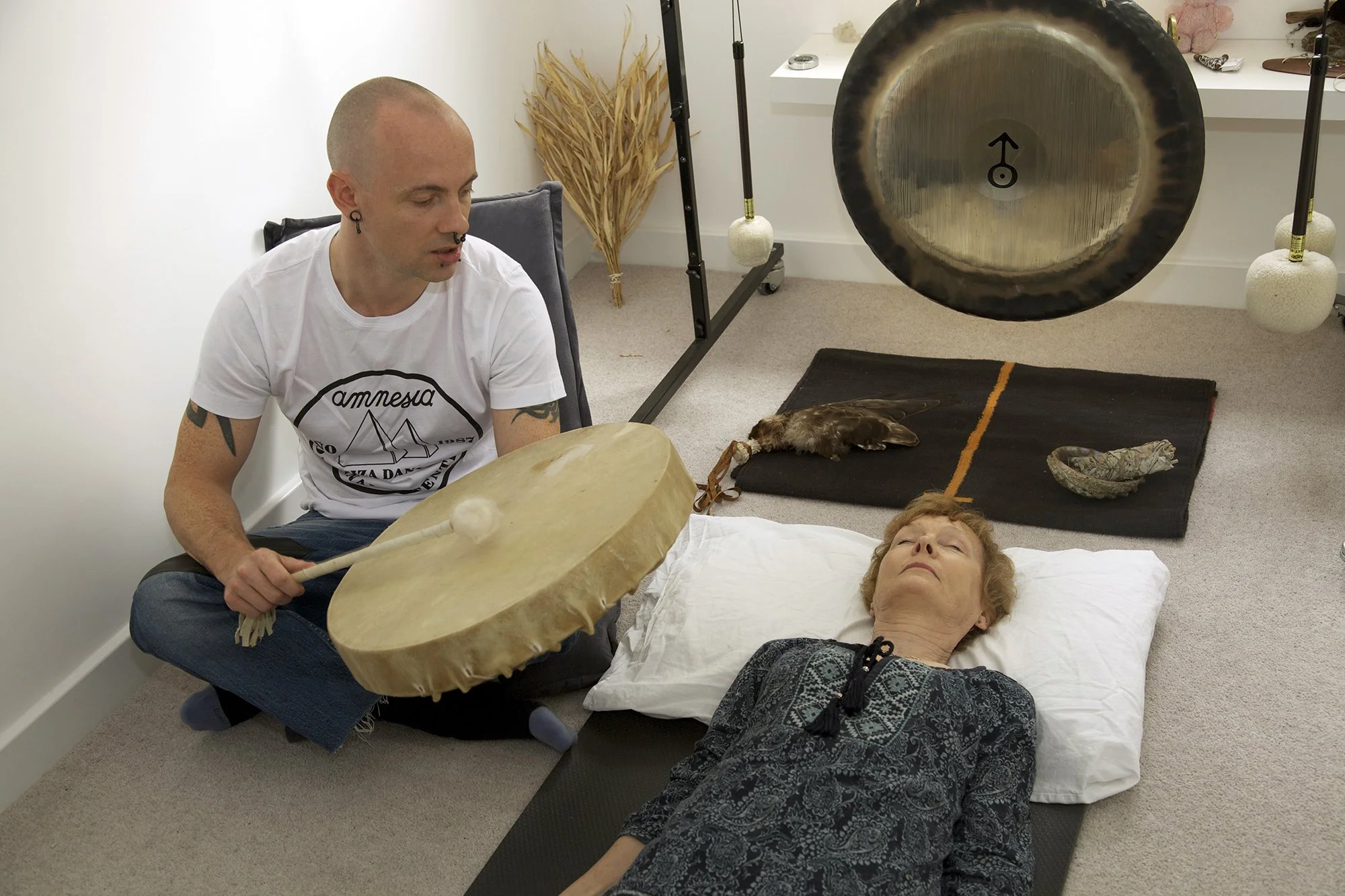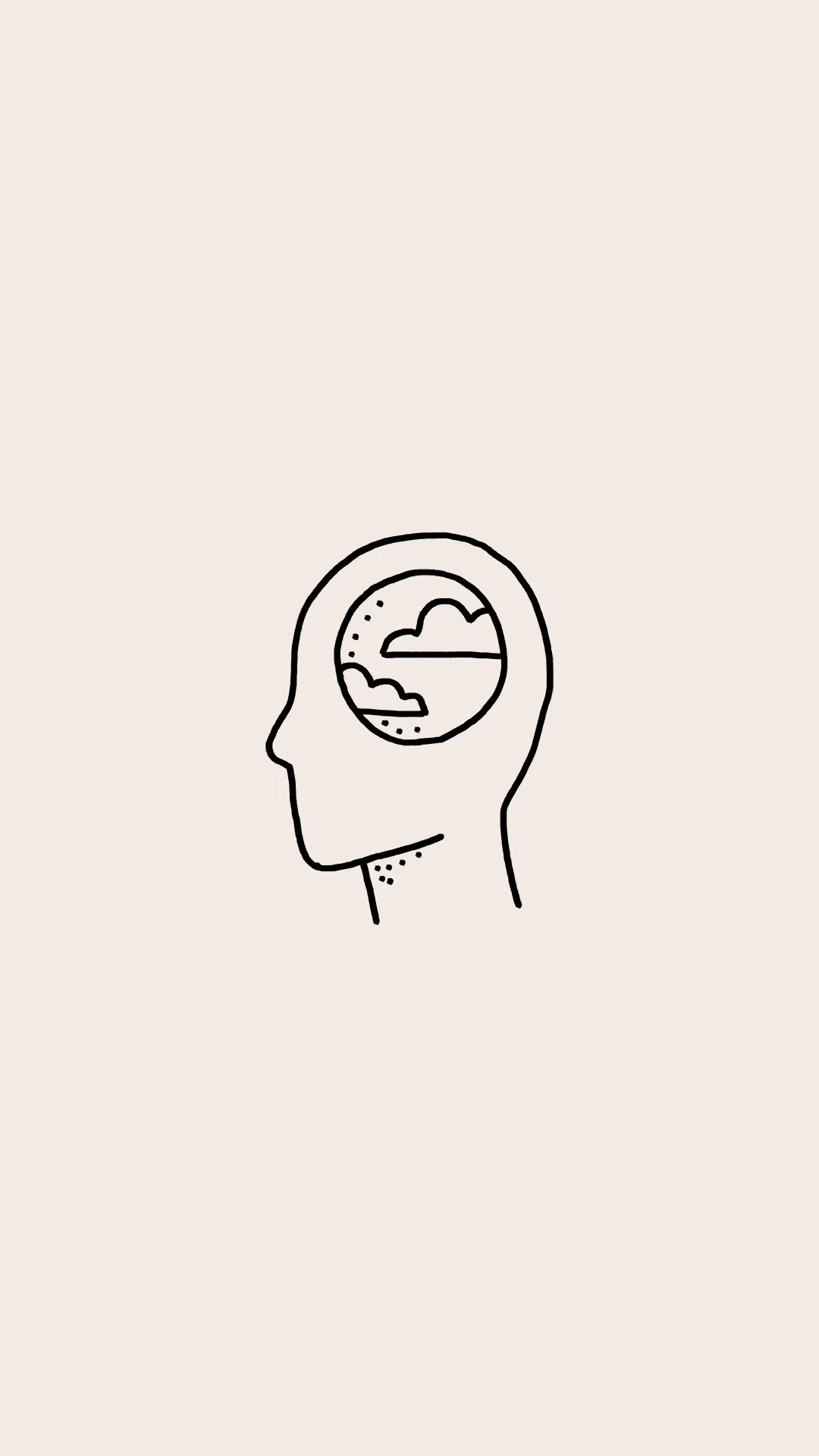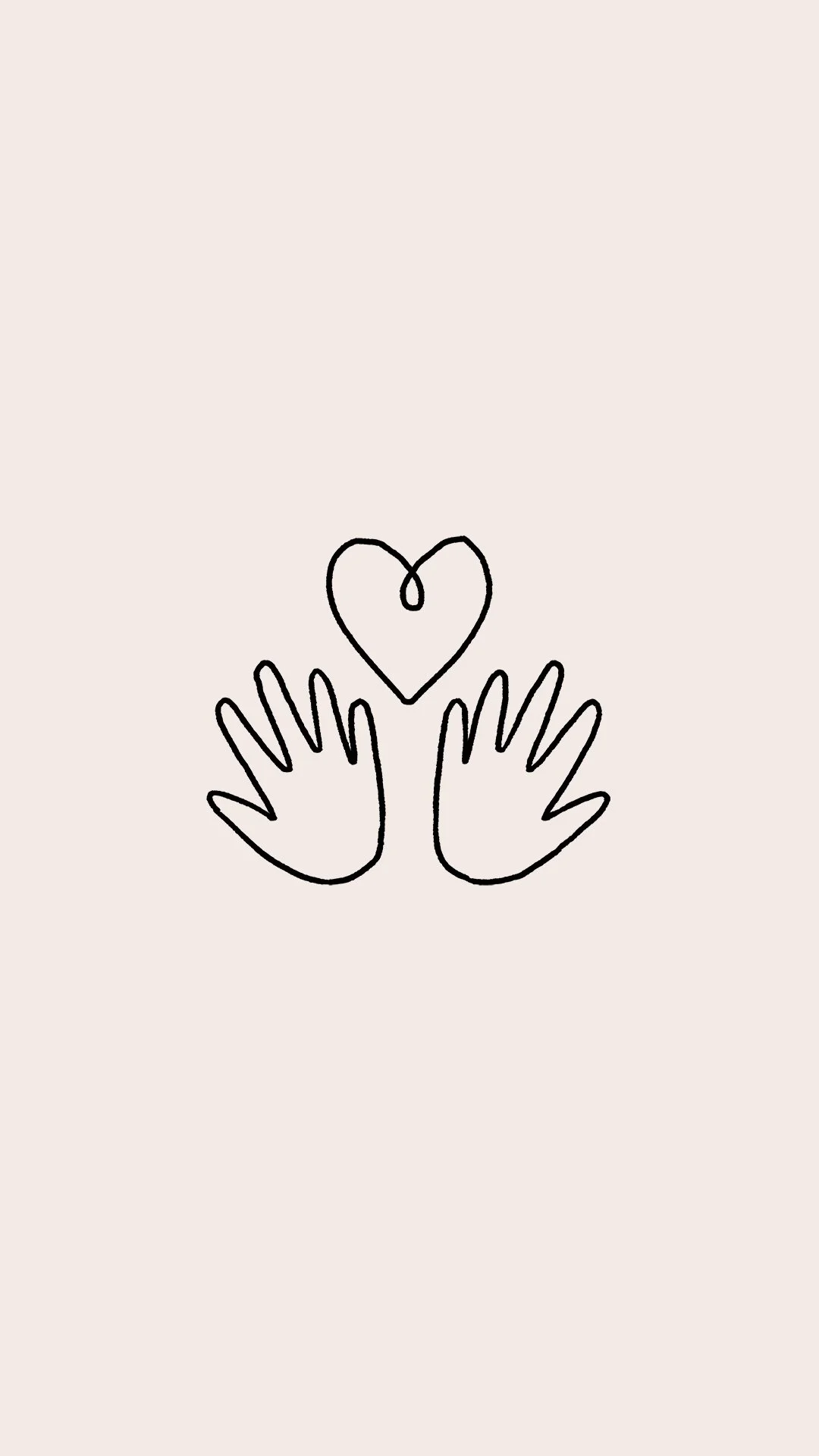
Shamanic sound journeys.
Drum journeys.
Expand your awareness.
Harness your imagination.
Tap into guidance.
What’s a journey?
Allow the beat of the drum to guide you down the rabbit hole of your imagination.
Explore open portals and alternate realities where soul parts, elementals, spirit guides, animals and ancestors all vie for attention. Our childlike sense of adventure reminds us that we are both the dreamer and the dream itself.
Probe, play and explore! The more focused your intent, the deeper the journey will take you and the bigger the insights you’ll receive in return.
How can it help?
For those ready for a deep-dive, a session can get right underneath your trauma and neuroses, offering valuable insights to shift addictions, habits, physical ailments and behaviour patterns from childhood (dis-connection creates dis-ease).
The real challenge however, is opening to the possibility of grounding these insights for use in the everyday.
Gongs & sound therapy.
Vibrational massage.
Train your brain.
Elevate your frequency.
What’s a gong bath?
An immersive, vibrational sound massage that ripples through your muscles, joints, bones and organs; travelling right down into your cells and beyond.
The unfathomable gong sound produces a range of harmonics, some of which are beyond detection by the human ear.
Each strike blossoms and fades, mimicking the sound of the original “om”. These hypnotic drones induce a meditative state where a deep healing can occur.
How can it help?
There’s a harmonic structure to all reality and everything is in resonance. Tuning in and surrendering can work on many levels, emotionally, physically, mentally and spiritually – but psychobabble aside, it’s also a great way to beat stress and relax.
Yogi Bhajan, who brought Kundalini yoga and knowledge of the gong to the West in the late 1960s, commented that the gong is the only instrument with the power to still the human mind. Those that struggle to meditate – take note.
What’s a drum journey?
A shamanic journey takes you from one state of consciousness to another, using a drum to navigate.
In doing so, we move away from our physical body, bones and solid matter, towards a lighter, more flexible, energetic body, where emotions and thoughts reside.
This is where we access our vital essence, soul or spirit body and rub up against life’s mysteries to seek answers on our own terms.
How can it help?
It’s great for relaxation and stress relief. It can also bring healing to a specific situation, allowing you to take stock and press the reset button.
For those ready for a deep-dive, a session can get right underneath your trauma and neuroses, offering valuable insights to shift addictions, habits, physical ailments and behaviour patterns from childhood (dis-connection creates dis-ease).
Free medicine wheel journey.
Three ways we can get started.
1:2:1 packages.
Begin your journey here.
Courses.
Learn to read tarot & more.
Live events.
Cacao ceremonies & gong bath experiences.

Services for LGBTQIA+ people.
My tools.
-

Shamanic sound journeys.
Deep relaxation and guided journeys.
-

Rebirthing breathwork.
Link bodily tensions to ancestral narratives.
-

Tarot coaching.
Understand your karmic themes.
Benefits.
Relaxation.
General wellbeing.
Improved sleep.
Physical therapy & pain.
Mindfulness.
Stress & anxiety relief.
Conscious exploration.
Connection with self.

Tailored packages to navigate the urban jungle.
-
I get asked this a lot!
In general terms, talking therapies are a fantastic way to bring your issues into sharp focus before ‘diving down’ to work with raw emotion from the inside-out.
Sound therapy is great for deep relaxation and breathwork is fantastic for working experientially with emotions and linking them back to 'held' narratives in the body. Finally, drum journeys are good for creative visualisation and guidance.
Without wanting to sound too cryptic, the type of session I'd recommend depends on the issue you're working with. Normally in the first instance, simple is best.
Have a look through my treatments to see if anything draws you in and call me if you need to talk things through.
-
Anyone who feels the calling. Especially you!
mildly curious?
stressed or fatigued?
lacking confidence or experiencing body issues?
need some pampering to help you chill?
lacking focus and direction in life?
seeking creative inspiration?
difficulty processing emotions?
Or perhaps you’re feeling READY and want to do some deep inner work:
conquering addictions?
revisiting major life traumas such as separation, shock, abuse or abandonment?
dealing with long-term illness?
on the cusp of major life changes?
needing to stand in your power?
Book a free discovery call and you’ll know if my approach is a match for you.
-
Come as you are, spill the beans over a cuppa and I’ll design a session to suit. This doesn’t have to involve anything too heavy like endless delving or trite ceremonial chanting if that isn’t your bag.
Equally, the experienced or curious among you, who like to work with smudging, guided visualisations, invocations and ritual, are encouraged to go wild! Sage, rapé, tobacco and cacao are great allies to work with when the situation calls, but you have all the inner technology you need, so I’m a fan of keeping things simple.
Generally sessions last around 90-minutes, including time for sharing and integration. For more information, see my treatments.
-
Ask the guy with the doctorate.
This work is a fantastic compliment to any traditional talking therapy (including Medicine Wheel work) as an aid to work with surface thoughts.
Cognitive talking therapies have us believe that dysfunctional thinking leads to dysfunctional emotions or behaviours. Shamanic work puts the theory in reverse working with abstract felt sensations from the inside out.
Pause for thought: Feeling tones came before the ability to think and analyse (unless you were spouting that doctorate as a foetus). The English-language shoehorns approximately 3,000 words into sonic shapes to define these states; an evolving art that’s as useless and poetic as catching a butterfly. How many feelings do we experience without definition?
-
Trust the process, sit a little longer and find out what’s on the other side.
There’s no pressure to disclose anything you’re not comfortable with; we can work with the essence of your issue regardless. If relaxation is the goal, you may wish for me to keep things simple, but above all, stay within your comfort zone and try not to prescribe an outcome.
A degree of fear and trepidation is healthy as it signifies the commitment you’ve made to yourself. Like excitement, boredom and sleep, fear can be a useful gateway to access the good stuff! Sometimes we need to move through these gateways to shift habits that don’t serve and subconsciously drive our life choices.
Unfortunately, there’s no shortcut and none of us are exempt, but living a heart-centred existence needn’t necessitate a ‘growth through struggle’ approach. Let go of the need to validate a session through the level of drama and suffering. Sometimes the process can be ecstatic!
Book a free discovery call and I’ll be happy to discuss any concerns.
-
I’ve hand picked a few clinical studies here.
It’s good to keep your feet on the ground, so believe nothing and question everything. The modalities presented here aren’t at odds with modern scientific principles. The idea that earth, air, fire and water make up all matter has been the cornerstone of philosophy, science and medicine for two thousand years.
Creative imagination doesn’t have to be exempt from rational thought. A structured approach gives us a map to navigate inward, creatively reshape our existence and ground our experiences in a meaningful way when we return.
“Imagination is more important than knowledge. Knowledge is limited, imagination encircles the world.” – Albert Einstein
-
No.
Testimonials.
Clinical studies.
-
Sound therapy
The juncture between Alpha and Theta brainwaves, reached by sound therapy, is often called the crossover point by neuroscientists. Here, subjects have experienced “seemingly miraculous resolutions of complex psychological problems”[3] including a significant reduction in anxiety levels[4].
Sound therapy has also found success in shifting patient anxiety before an operation[5].
Breathwork
Vagus nerve stimulation (a process, naturally activated by breathwork), actually changes the expression of genes associated with stress, immune function, energy metabolism and insulin secretion[27].
“It’s almost like yin and yang,” says Mladen Golubic of the Cleveland Clinic’s Center for Integrative Medicine. “The vagal response reduces stress. It reduces our heart rate and blood pressure. It changes the function of certain parts of the brain, stimulates digestion, all those things that happen when we are relaxed.”[28]
-
Breathwork
Breathwork is extremely effective in treating depression. It has even shown success among those resistant to antidepressant medications.[30]
Neurons in the brainstem are constantly monitoring our breath patterns. Studies show that if these neurons are surgically removed, our natural stress responses are bypassed and we feel much calmer[31]. Changing your breathing rhythm has a similar effect, tricking the brain into shifting your mood.
-
Sound therapy
14 out of 15 patients with acute migraines (and 5 out of 6 with chronic migraines) underwent a course of ‘brainwave entrainment’ sound therapy and experienced a complete relief of symptoms in just five minutes! So a single session may be enough.[6]
Breathwork
In a recent study of 40 chronic migraine sufferers, vagus nerve stimulation (a process, naturally activated by breathwork), applied for four hours a day over three months, showed a 50% reduction in persistent headaches[29].
-
Breathwork
The part of the brain called the amygdala[32] is strongly linked to emotional processing. Studies show that stimulating the amygdala with a large inhale will allow us to identify fearful objects much quicker[33]. It therefore corresponds that when we’re in a panic state, our breathing naturally becomes faster to help us cope with dangerous situations.
-
Sound therapy
When we drift off to sleep on our journey to the unconscious, our brains pass through various brainwave cycles. The act of inducing Theta brainwaves through sound therapy can shortcut this process to achieve deep, altered states; perfect conditions for stress reduction and sleep[7].
-
Breathwork
Clinical studies of vagus nerve stimulation (a process, naturally activated by breathwork) have shown to prevent weight gain in response to a high fat diet[39].
The vagus nerve plays an important role in controlling metabolism and a calorie rich diet has been shown to reduce its efficiency.
-
Sound therapy
Neuroscientists trained a group of alcoholics to enter Theta brainwave states (a process naturally activated by sound therapy). These participants showed a much greater recovery rate than those in a separate control group[8]. Thirteen months later, the group demonstrated “sustained prevention of relapse”, these findings were again confirmed after three years[8].
Breathwork
Vagus nerve stimulation (a process, naturally activated by breathwork) may help addicts overcome substance abuse. A groundbreaking study in VNS and cocaine use lead to a significant decrease in drug seeking behaviours among participants[40].
-
Breathwork
Breathwork, along with the relaxation response of vagus nerve stimulation, reduces cytokine production[45][46].
Eh? 😉 In English, cytokines are substances secreted by immune system cells, which connect with other cells, in search of assistance, causing buildup and inflammation.
Trials of vagus nerve stimulation (a process, naturally activated by breathwork) were carried out on 14 patients with treatment-resistant fibromyalgia. Five reported pain relief and improved physical function after just three months, twelve reached this point at eleven months and two were pain free![49]
In a separate study, three multiple sclerosis (MS) patients displaying routine symptoms of postural cerebellar tremor (PCT) and dysphagia showed sustained improvements over the course of three months[50].

“The secret is embracing flow, not attaching to states. Diving into the shadows can be fun too!”
- Rob Calcutt.
Real life or Zoom?
I now work remotely and have clients as far flung as the Scottish Highlands (👋 if you’re reading this). 💻
Alternatively you’re welcome to visit my cozy, North London practitioner space*, five minutes walk from Seven Sisters underground station.
*This also means you get to meet Fred. 🐈⬛

Follow my stuff.
Sign up and get stuff!
FREE guided journeys.
Regular blog posts.
Tarot wisdom from my cat, Fred.
Seasonal discounts and offers.
Priority entrance to workshops and events.



























